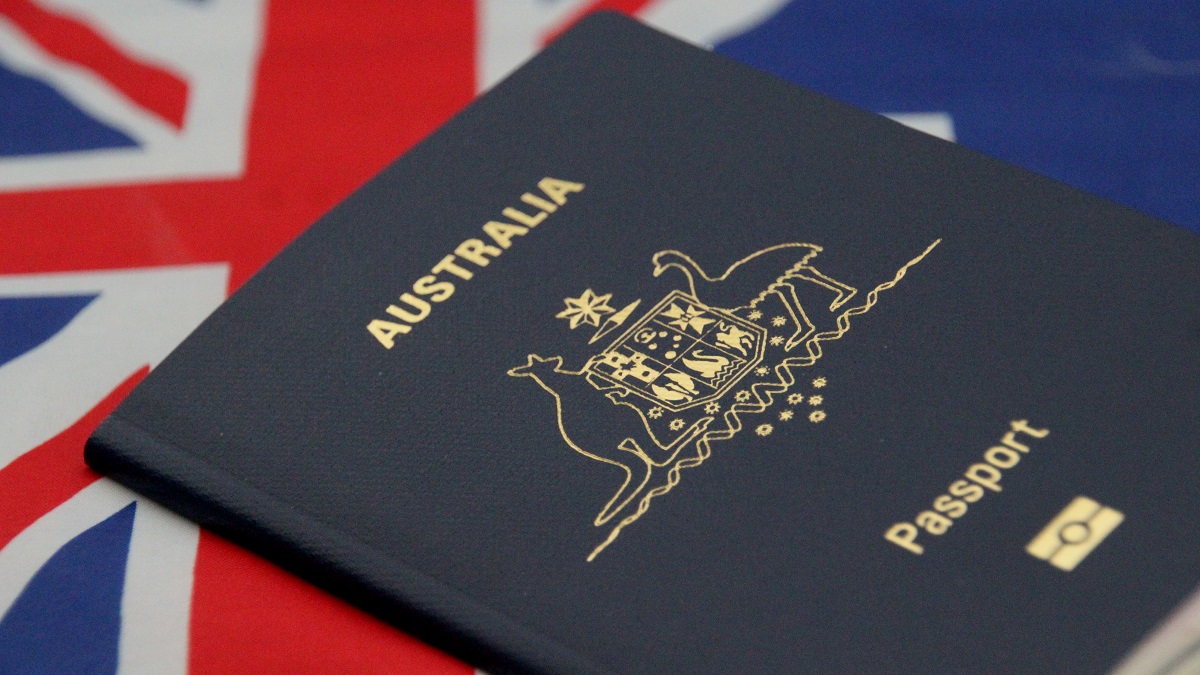Did you know that you can be denied entry to your flight if your passport isn’t up to scratch? Any type of damage or wear-and-tear could mean your holiday gets cut short, so here are some tips to help you keep your passport in good nick.
If an airline sends you overseas with a damaged passport, you can be considered an ‘invalid passenger’ by customs in your destination country. If this happens customs can deny you entry, and the airline which allowed you through is both fined and expected to return you home at their expense.
So how can you avoid all that embarrassment and wasted time? First, check your passport carefully as soon as you book your flights. If you leave it until the day or even the week before you travel there may not be time to get a new one, and your travel plans could be ruined. Look for large marks, dog-eared pages, tears and whether the information page at the front is legible.
Many airports now use ‘smart gates’ which electronically read your passport. If you are passing through a few countries the motion of swiping in and out of a smart gate could take years off the life of your passport, so be prepared to replace it before its 10-year expiry date. You will always have the option of avoiding these smart gates by joining the queue to see a human being, but if you don’t travel very often then the smart gates shouldn’t be a problem.
While travelling, keep your passport in its own case. This doesn’t mean shoving it in with all your other documentation in a large folder – get a passport wallet to help protect the edges of the pages, and avoid bending a page when a document gets jammed into the middle of your most precious form of identification.
It is also important to look after your passport between trips. Keep it in a secure spot which you will remember (not as easy as it sounds). Be sure you pick a place where it won’t get crumpled, folded or scratched.
What do you do to keep your passport safe whilst travelling? Share your tips in the comments below.

